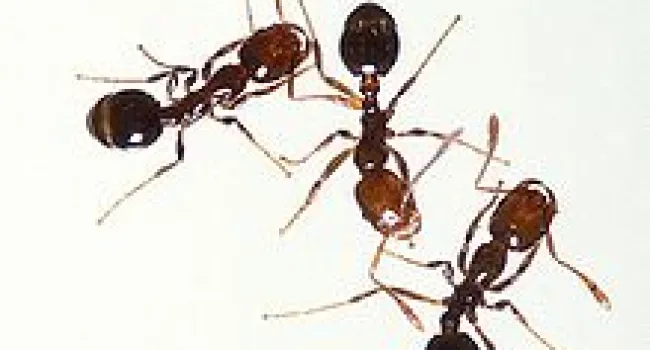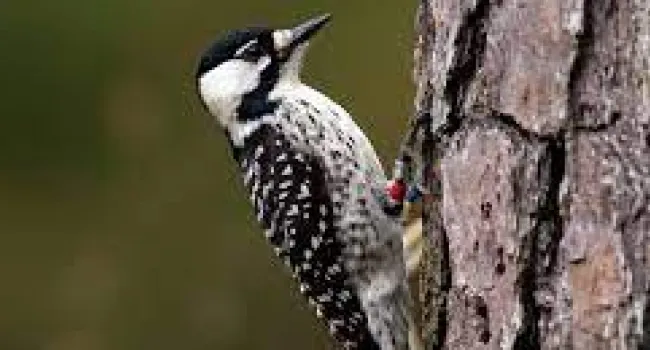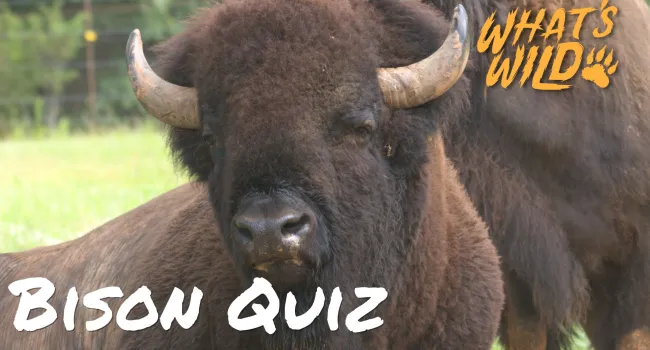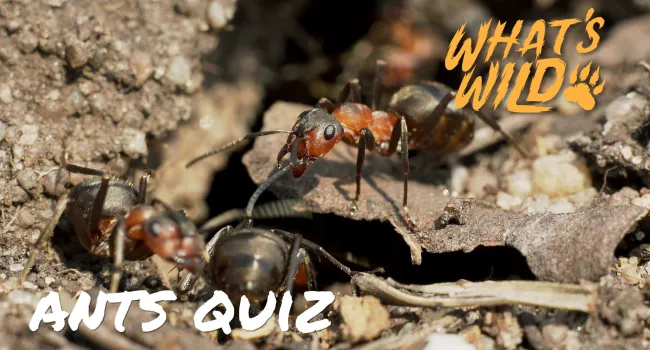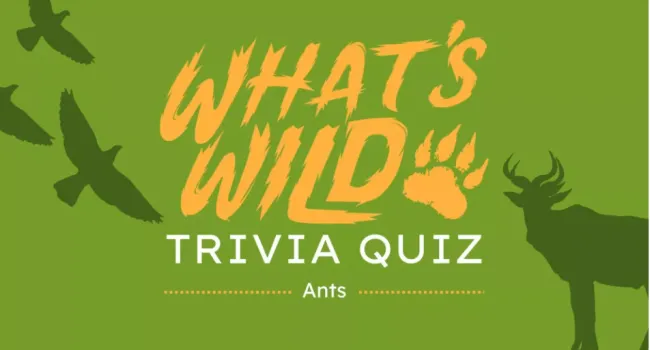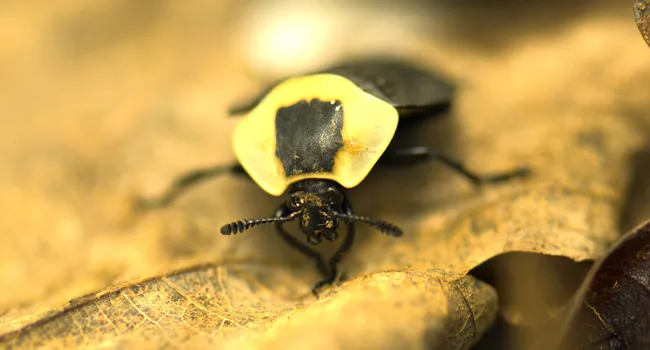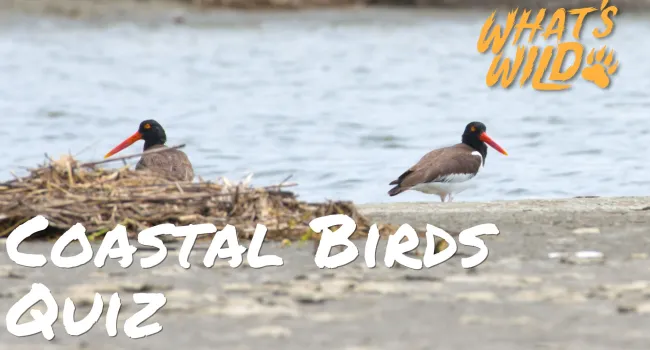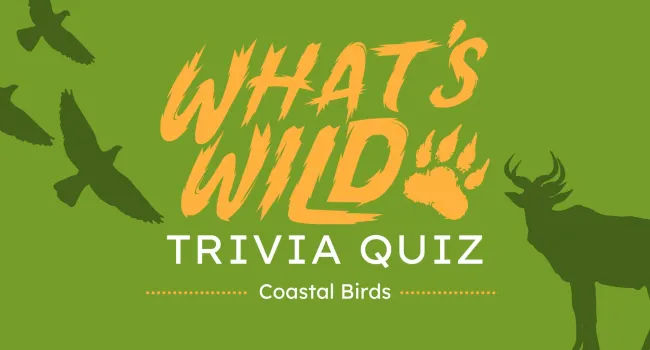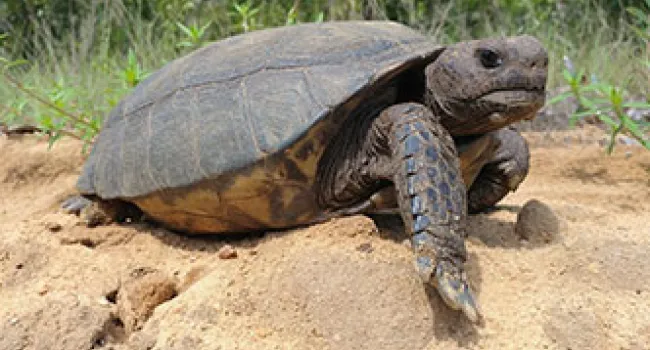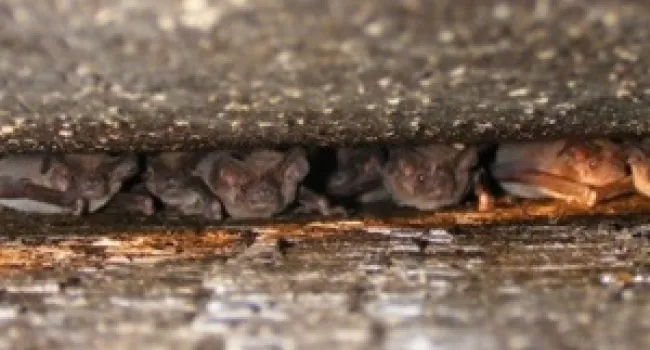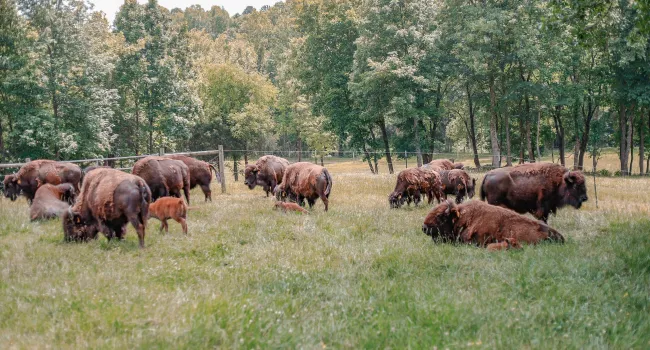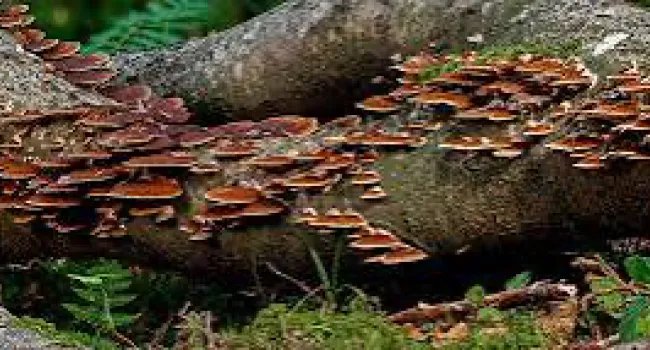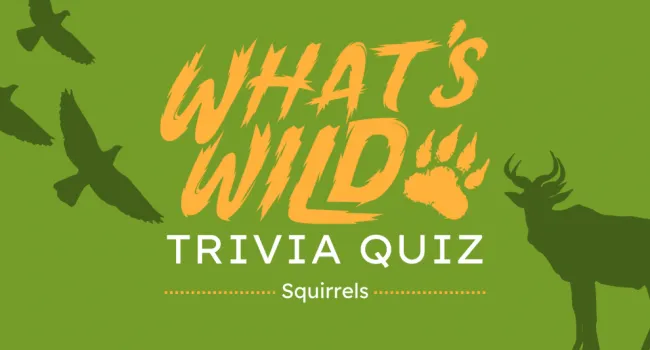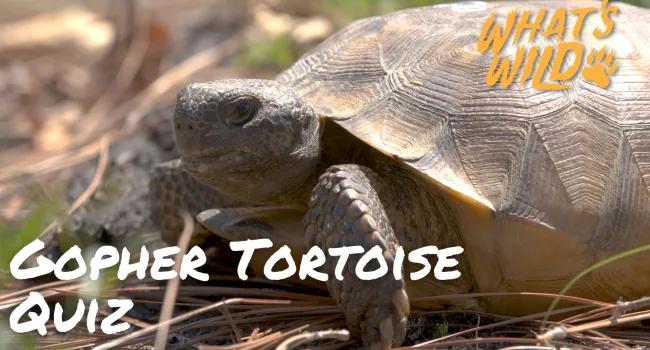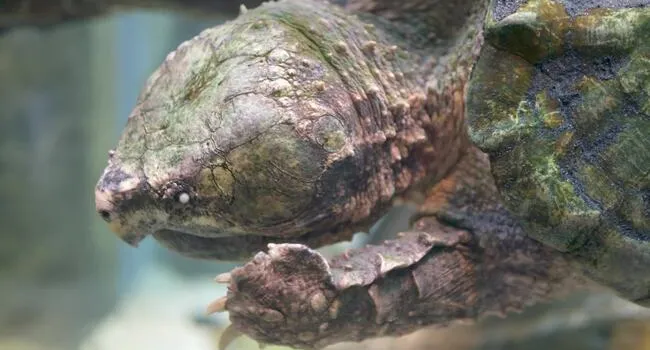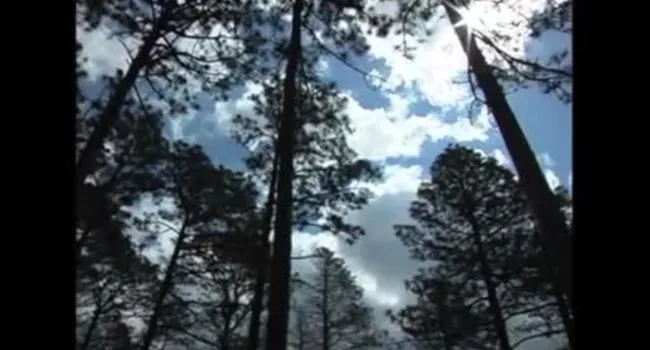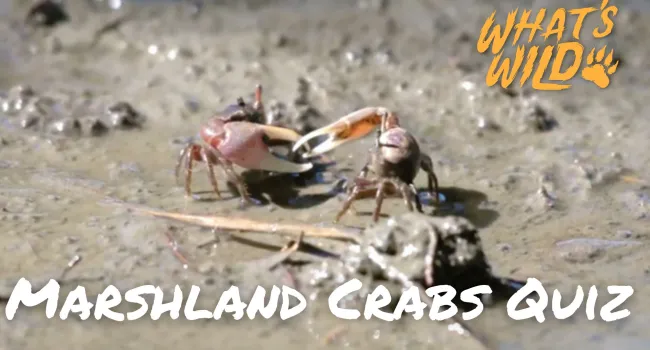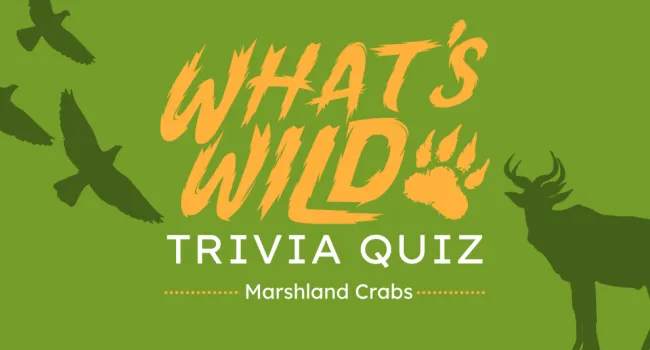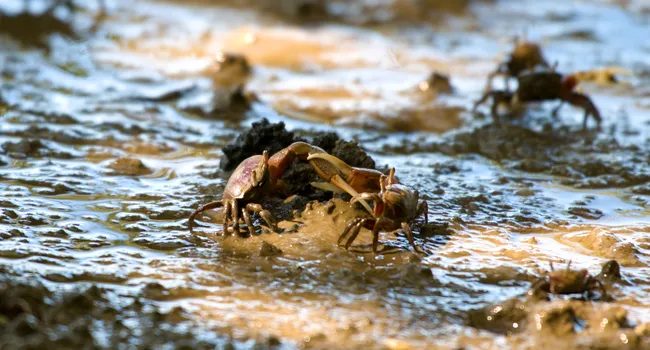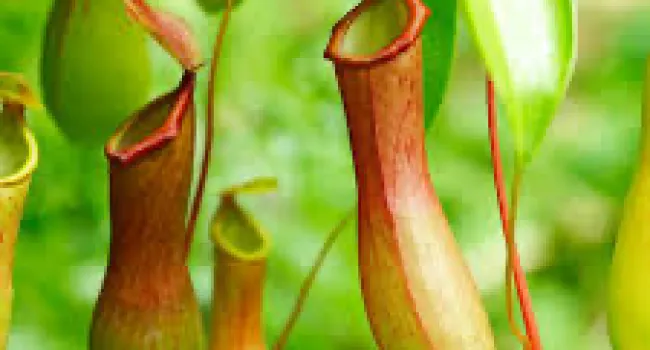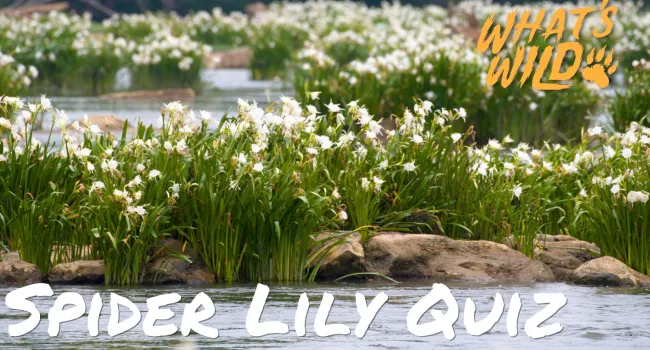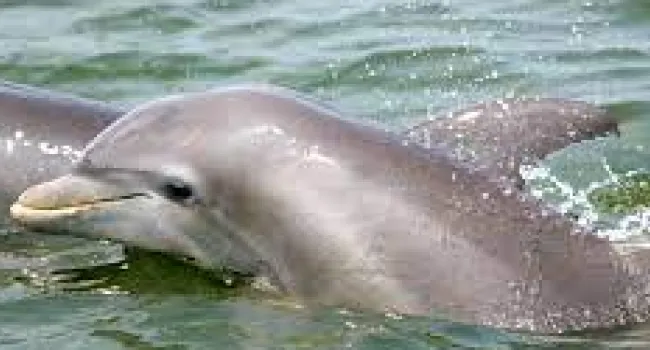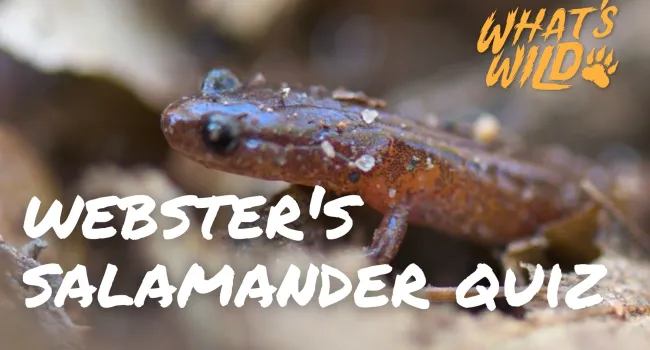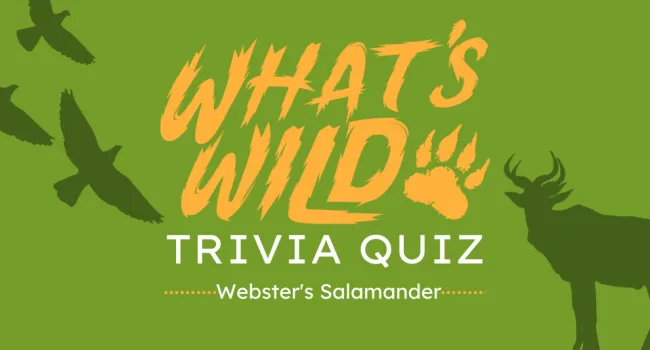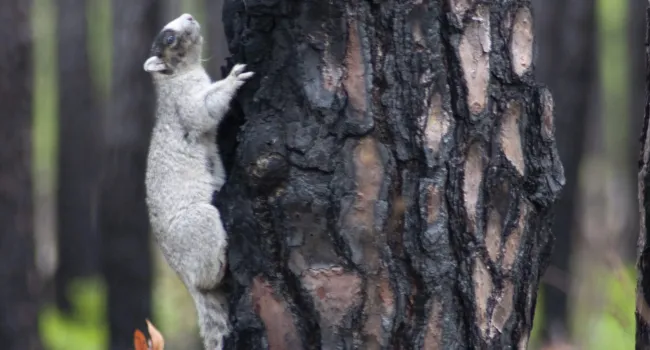One of twenty-six North American raptors, turkey vultures are scavengers that can be found in almost any habitat, from coasts to deserts to plains. Learn about the misunderstood Turkey Vulture, their necessary role in ecosystems, and man-made threats they face, like car strikes. We’ll then travel to the Center for Birds of Prey where its’ bird hotline takes in injured birds for care across the Palmetto State via a network of trained volunteers.
Standards
- 4-LS1-1. Construct an argument that plants and animals have internal and external structures that function together in a system to support survival, growth, behavior, and reproduction.
- 5-LS2 Ecosystems: Interactions, Energy, and Dynamics
- 7-LS2-1. Analyze and interpret data to provide evidence for the effects of resource availability on organisms and populations of organisms in an ecosystem
- 7-LS2-2 Construct an explanation that predicts patterns of interactions among organisms across multiple ecosystems.
- B-LS2-1. Use mathematical and/or computational representations to support explanations of biotic and abiotic factors that affect carrying capacity of ecosystems at different scales.
- B-LS2-2. Use mathematical representations to support and revise explanations based on evidence about factors affecting biodiversity and populations in ecosystems of different scales.
- 3-LS3-2 Use evidence to support the explanation that traits can be influenced by the environment.
- 8-LS4-2. Apply scientific ideas to construct an explanation for the anatomical similarities and differences among modern organisms and between modern and fossil organisms to infer their ancestral relationships.
- 3-LS4-2. Use evidence to construct an explanation for how the variations in traits among individuals of the same species may provide advantages in surviving and producing offspring.
- 3-LS4-3. Construct an argument with evidence that in a particular habitat some organisms can thrive, struggle to survive, or fail to survive.
- 8-LS4-6 Use mathematical representations to support explanations of how natural selection may lead to increases and decreases of specific traits in populations over time.
- B-LS4-5 Evaluate the evidence supporting claims that changes in environmental conditions may result in (1) increases in the number of individuals of some species, (2) the emergence of new species over time, and (3) the extinction of other species.
- B-LS4-3. Apply concepts of statistics and probability to support explanations that organisms with an advantageous heritable trait tend to increase in proportion to organisms lacking this trait.
- B-LS4-6 Create or revise a simulation to test a solution to mitigate adverse impacts of human activity on biodiversity.
Resources
You need to be logged in to listen to view this content. Create an account now; it's quick, easy, and free!
Log In to View